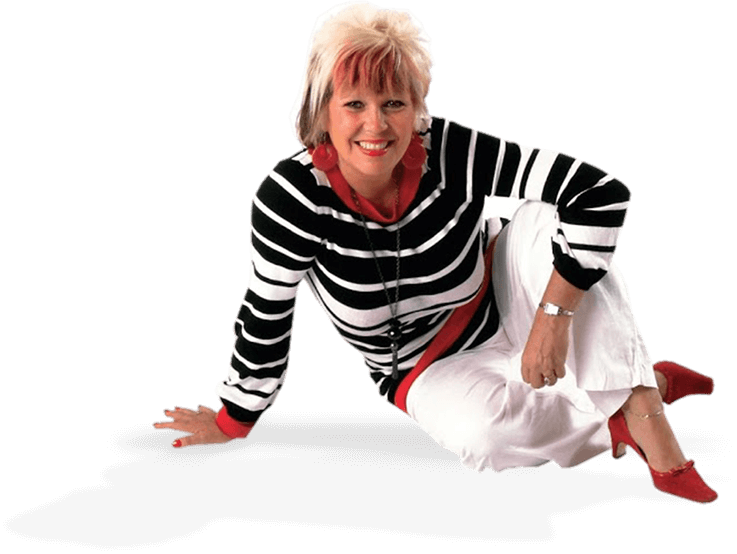


Like it? Share it!
My daughter was never a huge fan of Barbie, but then neither was I as a child, but after decades of criticism that its best-selling doll fails to accurately reflect a woman’s proportions, Mattel has released three new body shapes to its iconic Barbie line !
The body types unveiled were – curvy, tall and petite & mark the most dramatic change in Barbie’s 57-year history.
Mattel says new and varied range of hair, face and body will promote healthy and realistic self-image so that girls can ‘find a doll that speaks to them’
Since Barbie first came onto the market, the doll has attracted criticism for giving young and impressionable girls an unrealistic idea of what the female body should look like. In 1963, the doll came with a book entitled How to Lose Weight, with instructions to not eat. Research also found that, with her 36in chest and 18in waist, Barbie would lack the 17% body fat needed to menstruate.
The embracing of different body types was welcomed by several charities who champion healthy body image and assist those who struggle with eating disorders, which research shows are exacerbated by exposure to unrealistic body types.
In July 2015, research disturbingly found that children in the UK as young as eight were reporting body dissatisfaction and that almost 40% of 14-year-old girls were admitting to regular dieting.
Andrew Radford, the chief executive of eating disorder charity Beat, said he was delighted Mattel had introduced more diversity to the Barbie range. “For a long time Beat has campaigned against the constant portrayal of a very slender look as the only aspirational ideal for young people,” he said.
“If a generation is to grow up with a robust sense of their self worth we must challenge this. To more truly reflect the diversity of shapes, sizes and culture of mankind is a welcome initiative, especially in a range that generations of young girls have identified with since its inception.”
Liam Preston, spokesman for the YMCA’s Be Real campaign, which works with schools and corporations, said it was about time that companies accepted responsibility for the images that they projected onto young girls and teenagers.
“We know that children are affected from a young age by the images around them. We have research that says girls as young as five years old are worried about the way they look and their size. More so than ever, everywhere they go young people are bombarded with images of photoshopped women, who have shapes that are just not real and not healthy and that is a big issue for us.”
It’s so important that young people embrace diversity and feel happy with who they are. I really hope this is the first step for a change in the children’s market overall don’t you?
Discussing every possible aspect of parenting, giving you advice and support on topics which affect your daily life. Each free, weekly episode is bursting with practical tips, techniques and ideas.
I will teach you my no-nonsense, simple techniques & give you hundreds of my expert parenting articles, videos & podcasts so you can get back to the business of having fun with your family!



